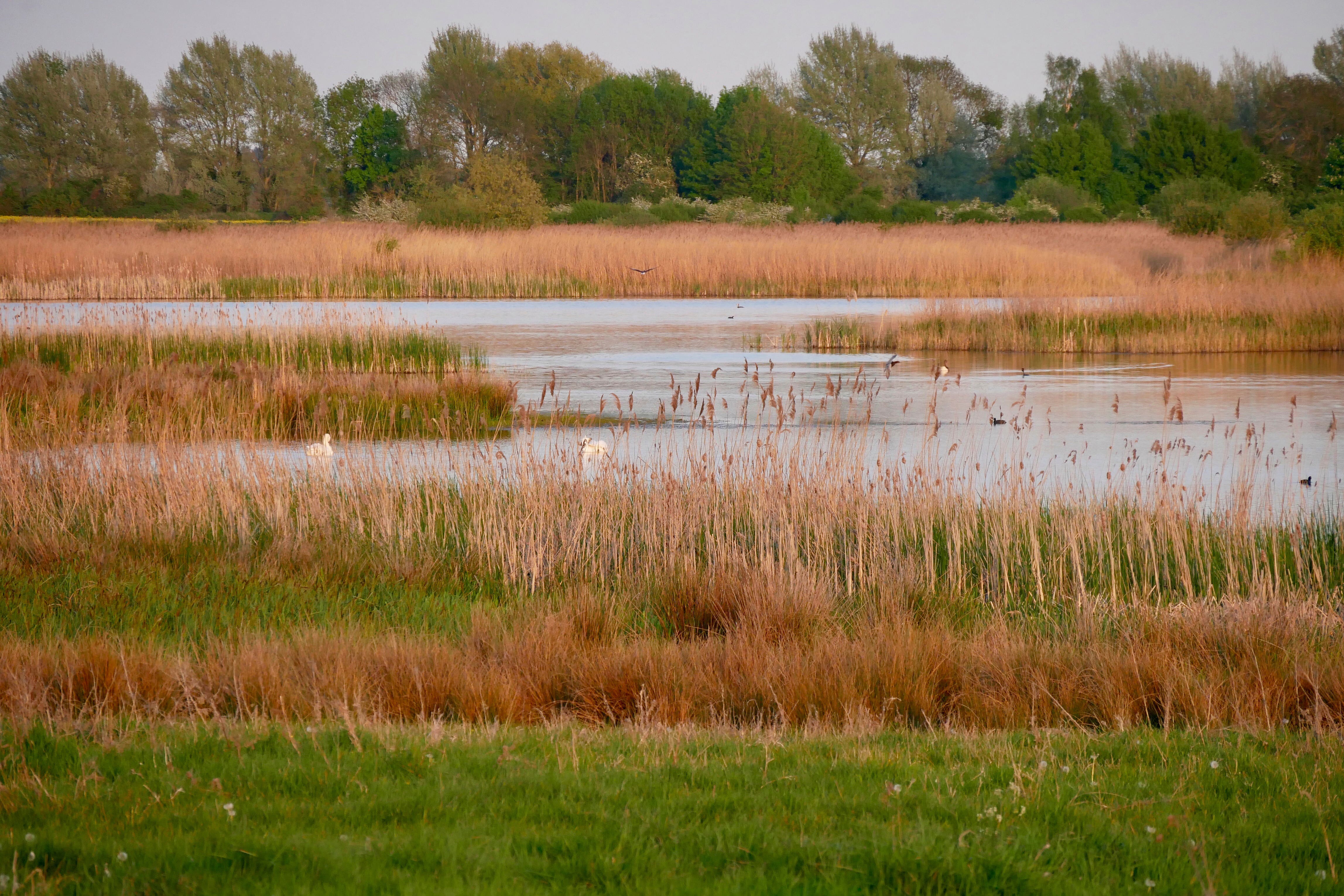RSPB ‘over the moon’ at progress of huge reedbed project at quarry site
The charity’s work to expand its Ouse Fen nature reserve, north of Cambridge, started in 2001.

Your support helps us to tell the story
From reproductive rights to climate change to Big Tech, The Independent is on the ground when the story is developing. Whether it's investigating the financials of Elon Musk's pro-Trump PAC or producing our latest documentary, 'The A Word', which shines a light on the American women fighting for reproductive rights, we know how important it is to parse out the facts from the messaging.
At such a critical moment in US history, we need reporters on the ground. Your donation allows us to keep sending journalists to speak to both sides of the story.
The Independent is trusted by Americans across the entire political spectrum. And unlike many other quality news outlets, we choose not to lock Americans out of our reporting and analysis with paywalls. We believe quality journalism should be available to everyone, paid for by those who can afford it.
Your support makes all the difference.A huge project to create one of the biggest reedbeds in the UK at a quarry site is more than half complete.
The RSPB said work to expand its Ouse Fen nature reserve, north of Cambridge, started in 2001.
New wetland is being carefully created by the phased restoration of Needingworth Quarry, where sand and gravel are extracted for use by the construction industry.
We have achieved such a lot here, and we are over the moon at how this long-term project has nurtured endangered wildlife populations, but there is still much more work to do
Around 16 million tonnes of aggregates have been quarried from the site to make way for wetland habitat, and the reserve will grow to the size of nearly 980 football pitches by the end of the project.
The quarry operator, initially Heidelberg Materials (formerly Hanson UK) and now Brice Aggregates, is gradually handing the restored wetland over to the RSPB.
In the last 20 years the site has become a habitat for bitterns, marsh harriers and bearded tits as well as otters, water voles and 22 different species of dragonfly.
Volunteers have been helping to plant reeds, and those in nearby villages have created walking routes.
When the project is completed, Ouse Fen along with its neighbouring RSPB nature reserves – Fen Drayton Lakes and the Ouse Washes – will form a near continuous 3,000 hectare wetland habitat – around half the size of nearby Ely.
Chris Hudson, senior site manager at RSPB Ouse Fen said: “We have achieved such a lot here, and we are over the moon at how this long-term project has nurtured endangered wildlife populations, but there is still much more work to do.
“As we move through the final decade of the project, working with our new partner Brice Aggregates, we plan to build on the outstanding legacy of work with Heidelberg Materials, to finalise our conservation ambition at Ouse Fen – to create one of the biggest reedbeds in the UK and a wonderful wetland wilderness for both wildlife and people to enjoy.”
Oliver Brice, managing director of Brice Aggregates, said: “The quarrying operations at Needingworth provide vital raw materials to the construction industry across the East of England and East Midlands whilst supporting jobs and economic activity locally.
“What differentiates this site however is the focus on restoration from the outset and the proactive collaboration between industry and the RSPB.
“The ongoing creation of Ouse Fen is a long established and exemplary quarry restoration scheme providing a new large scale and nationally significant wetland habitat.
“We are pleased to be taking over the project from the capable stewardship of Heidelberg Materials and look forward to working with the RSPB to continue delivering benefits for vulnerable wildlife species and local communities alike.
“It is a harmonious scheme delivering for its many stakeholders.”